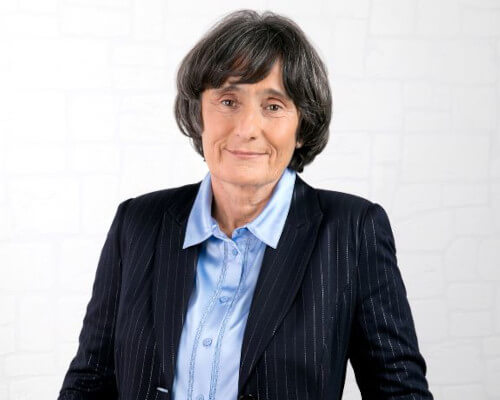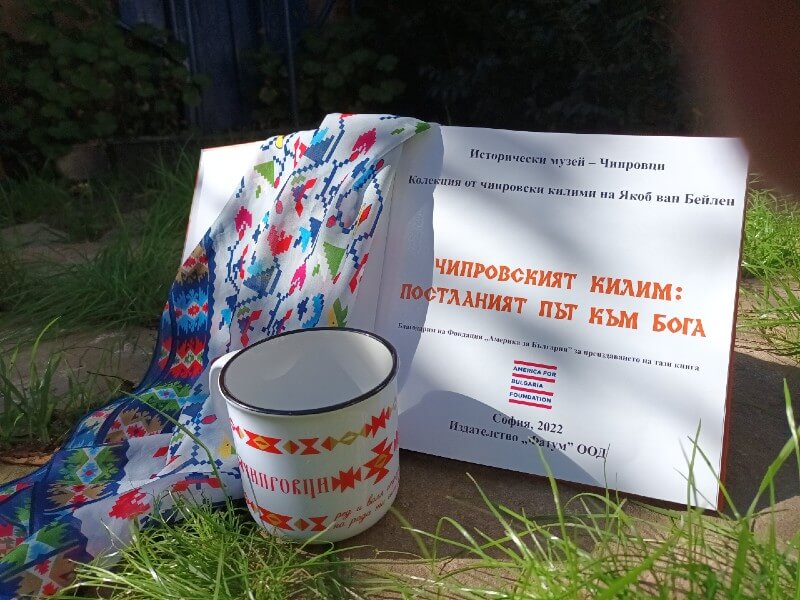
Traditional ornamental patterns are Bulgaria’s most recognizable fashion statement, and few people know as much about them as Dr. Anita Komitska. The acclaimed ethnographer and director of the Chiprovtsi History Museum has studied traditional Bulgarian clothing and folk motifs all her professional life and has been the official custodian of the country’s most famous patterned fabric — the Chiprovtsi carpet — since 2017, when she assumed the museum’s directorship.
Through her efforts, the Chiprovtsi History Museum is slowly being transformed into a world-class institution where visitors can come in contact with the magic of Chiprovitsi carpet-making, a UNESCO world heritage custom, and learn more about the region’s glorious past. (When planning your visit, don’t forget to inquire about museum-organized carpet-weaving workshops.)
Dr. Komitska is also determined to redeem Chiprovtsi’s place in Bulgarian history. The town is one of the country’s oldest cultural centers and keepers of Bulgarian traditions. It was here that Bulgaria’s first modern, secular school was founded in the seventeenth century. The first history of Bulgaria was also written here, in 1667, by Petar Bogdan, a Roman Catholic archbishop and a key Bulgarian National Revival figure. Last but not least, few places have better exemplified the country’s reputation for tolerance than Chiprovtsi – where Orthodox and Catholic Christians have coexisted peacefully for centuries.
We spoke to Dr. Komitska about Chiprovtsi’s fascinating past and the history museum’s efforts to conserve and promote that heritage, about the place’s enduring enigmas, as well as about her vision for the museum’s and the region’s development.
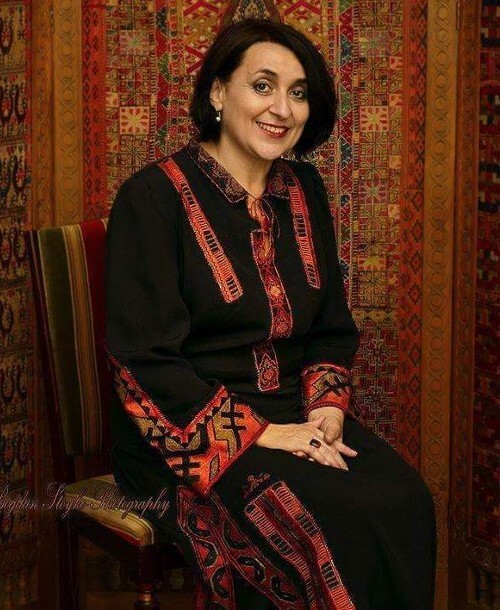
America for Bulgaria Foundation: Chiprovtsi’s main claim to nationwide fame is the Chiprovtsi Uprising against Ottoman rule in the seventeenth century. What isn’t so widely known about the region but should be a source of pride for every Bulgarian?
Anita Komitska: For years, no one talked about Chiprovtsi’s glorious seventeenth century — the time when the town was the seat of the Sofia Archdiocese and was the Catholic heart of Bulgaria. From here, the Christian faith spread among the Paulicians in northern and southern Bulgaria. The Catholic archbishop Petar Bogdan, author of the first Bulgarian history, On the Antiquity of the Fatherland and on Bulgarian Affairs, wrote about this period that Chiprovtsi was the “Flower of Bulgaria.” The brightest youth from the town and the surrounding Catholic villages, such as Zhelezna, Kopilovtsi, and Klisura, received their education in the colleges of Italy and returned to their homeland highly educated people — clergymen, thinkers, writers… Along with the Friars Minor of the Observance, a Franciscan order, the Catholic merchants and master goldsmiths, the town of Chiprovtsi became an important, pre-Renaissance cultural center in the lands inhabited by Bulgarians and was the living connection between Bulgarians and the free, Christian world. During their travels in Europe, Chiprovtsi Catholics introduced themselves as representatives of the “Great Kingdom of Bulgaria.”
In the 1980s, archaeological excavations were carried out on the Historical Hill of the town of Chiprovtsi, which revealed the remains of the Assumption of the Holy Virgin Mary Cathedral and parts of the Franciscan monastic complex and Catholic burial grounds. In 2017, the idea to build an ossuary chapel dedicated to the Virgin Mary was born. It will be a final resting place for Archbishop Petar Bogdan; Bishop Iliya Marinov, the founder of the first secular school in our country; and the Franciscan monks and ordinary believers who dedicated their lives to God and to Bulgaria. Today the chapel is already a fact.
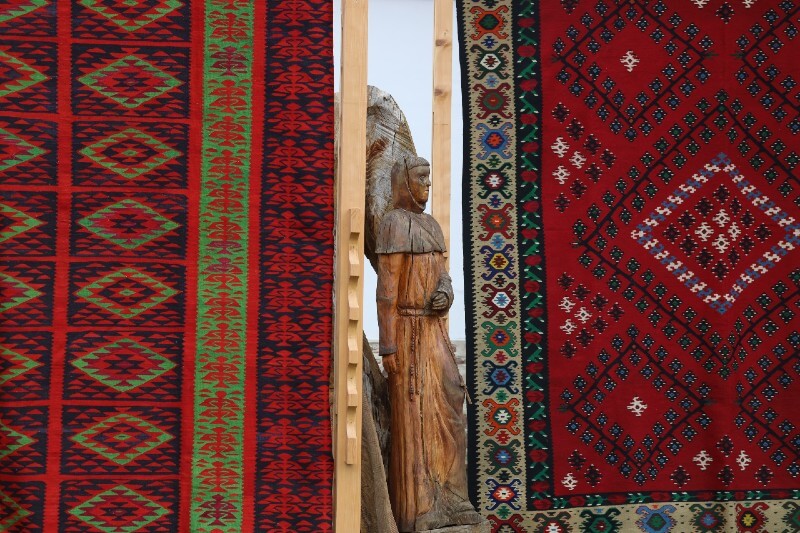
ABF: The region’s rich history dates back to Antiquity. Thracians and Romans have left their mark on the place. What do we need to know about that heritage?
A.K.: The area of what is now Chiprovtsi was inhabited by the Thracian tribe Tribali in the first millennium BC. Unfortunately, no proper excavations have been conducted, but to this day, in the villages belonging to the municipality of Chiprovtsi, traditions and legends have been preserved about old Thracian fortresses, sanctuaries, and burial mounds.
In 29–28 BC, after the successful Balkan campaigns of the Roman general Marcus Licinius Crassus, what is today northwestern Bulgaria became part of the Roman province of Upper Moesia. Evidence of ancient Rome’s strong and significant presence in Chiprovtsi and the surrounding villages are the ruins of Roman-built buildings, roads, and bridges. During the Roman era, Chiprovtsi became an important gold-mining area in the Balkans. I hope that future archaeological excavations will reveal more about the area’s ancient Roman and Thracian heritage.
ABF: One theory about the origins of local carpet-making is that it was “bequeathed” to us by the ancient inhabitants of Chiprovtsi, the Tribali. Another theory suggests that the tradition is of Proto-Bulgarian ancestry. Is there conclusive evidence for either theory?
A.K.: Over the past few years, Chiprovtsi’s carpet-making tradition has been increasingly dated to an early period. There are two theories in that regard. Some authors associate the carpets with the Thracian heritage of the ancient Tribali. They support this hypothesis with the presence of weights for a vertical loom (on which carpets are still made today) and with the similarity between carpet signs and symbols and the works of ancient goldsmiths and potters.
Other authors consider the Chiprovtsi carpets to be ethnocultural heritage brought by the Proto-Bulgarians from Asia (the Bulgarian word for carpet, kilim, is of Persian origin) and seek resemblances between the Chiprovtsi fabrics and the weaving technique and ornamentation of carpets from Central Asia and the Caucasus.
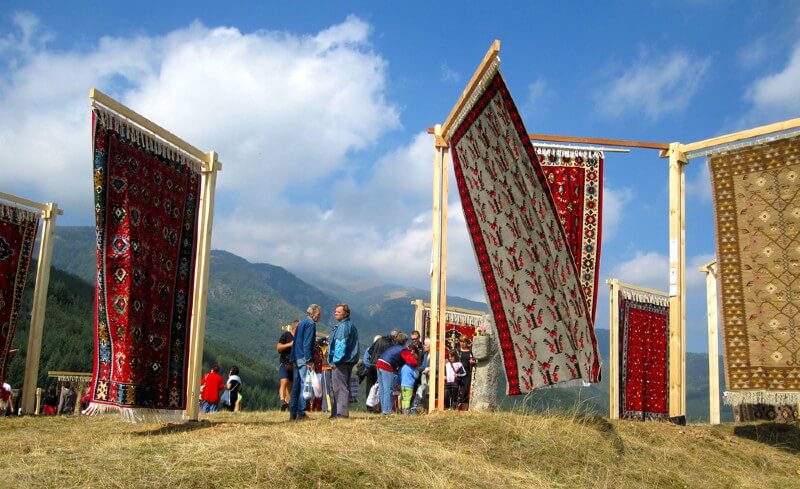
Both theories are also connected with the origin of the local population — Torlaks, a Bulgarian ethnographic group whose ancestry is still debated (Thracian and Proto-Bulgarian having been put forward as hypotheses). This is an open question waiting to be answered.
ABF: In 2014, Chiprovtsi’s carpet-making tradition was recognized by UNESCO as an indelible part of the world’s intangible cultural heritage. Why is this recognition important for our country?
A.K.: The recognition of the skill of making Chiprovtsi carpets as global cultural heritage is indisputably a fact of great importance. The people of Chiprovtsi are grateful to the individuals who contributed to this distinction, namely a team of scientists from the Institute of Ethnology and Folklore with an Ethnographic Museum at the Bulgarian Academy of Sciences headed by Professor Mila Santova.
Upgrading Chiprovtsi-made carpets to world heritage status charges us with the high responsibility to preserve, exhibit, and scientifically present them to the world… This recognition also sparked the interest of carpet collectors from all over the world. In 2019, Mr. Jakob van Beilen, the most avid collector of Bulgarian carpets, launched the initiative “Let’s bring back the Chiprovtsi carpets home” (at the end of the twentieth century, ancient Chiprovtsi carpets were sold abroad en masse) and donated to the Chiprovtsi History Museum its first kilim of the Bakamski/Garibalda model from the second half of the eighteenth century.
In 2021–2022, an American family, Timothy and Penelope Hays, donated Chiprovtsi carpets from their collection to the museum. Together with Mr. van Beilen, they were guests of honor at this year’s Chiprovtsi Carpet Festival.
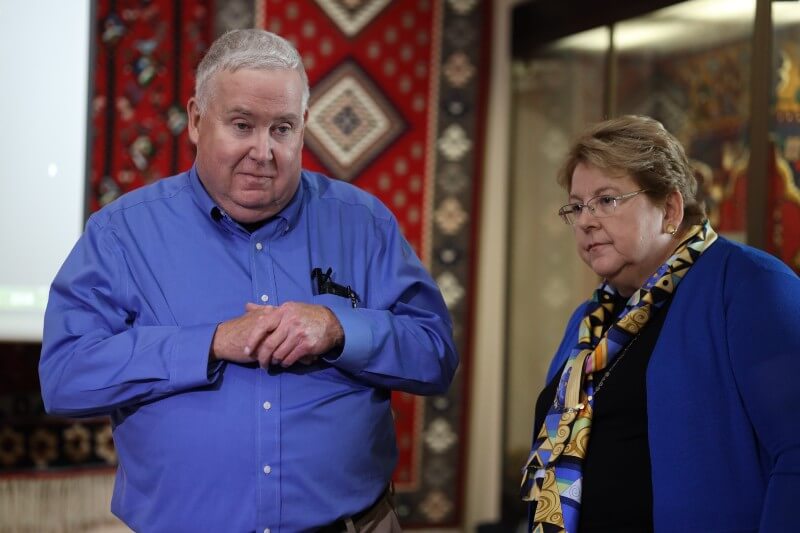
ABF: Where can our readers learn more about the Chiprovtsi carpet?
A.K.: In 2020, the Chiprovtsi History Museum released a deluxe edition of the book The Chiprovtsi Carpet: The Tapestried Road to God with summaries in English, Italian, and Japanese. The title shows the importance of this carpet, which has been laid in Orthodox and Catholic Christian temples, in Muslim houses of worship, and in Jewish holy places. The book presents Chiprovtsi carpets from the museum’s collection and from the personal collection of Jakob van Beilen, which were crafted between the second half of the eighteenth century and the end of the twentieth century. Readers can learn about the carpet’s birthplace and its people; about the beginnings and main periods in the development of carpet-making; about the carpet symbols and their interpretation in Antiquity, in the Christian tradition, and in the modern era; about the search for analogs in the carpets of the Balkans, Anatolia, and Central Asia, among other things. Due to high demand, the book quickly sold out. The museum released a second edition with the kind support of the America for Bulgaria Foundation. The book can be purchased in the museum gift shop.
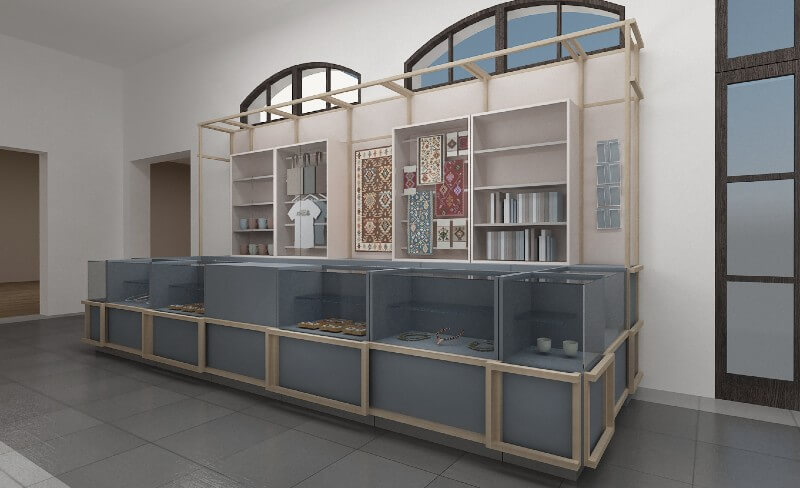
ABF: A Chiprovtsi native, you returned to your birth region after a three–decade career as an ethnographer at the Bulgarian Academy of Sciences in Sofia. You are a doer and have a vision for the development of the institution entrusted to you, as well as the town. What is that vision?
A.K.: Today, after more than thirty years, the museum collections have been renewed and enriched to meet the requirements of modern museology, and we now have modern technology, an innovative ethnographic collection, and an educational center. Thanks to the efforts of Chiprovtsi Municipality’s leadership, the town’s Historical Hill, where the museum is located, is becoming a real spiritual and cultural center. And this is no accident, because according to legend, the Mother of God herself chose the place as her home… I believe in the future of Chiprovtsi as a place for tourism, be it cultural-historical, spiritual, educational, creative, ecological, recreational, gastronomic, or others. And I believe that the museum will be an essential factor for the sustainable development of Chiprovtsi as a tourist destination.
ABF: What’s on at the museum that the public wouldn’t want to miss?
A.K.: Some of the events in the coming year are temporary exhibitions: “Tree Magic” by woodcarver Chavdar Antov; a documentary exhibition of the State Archives Agency in Montana; an art exhibition of Zlatka Bozhilova; a documentary exhibition titled “Inscribed in the Book of Life” on the occasion of the eightieth anniversary of the rescue of the Bulgarian Jews; a concert and presentation of wedding scenes from the village of Asenovo, Nikopol region; a classical music concert in the ruins of the Catholic cathedral; an ethnojazz concert; Native American Culture Day; a roundtable in cooperation with the Embassy of Bosnia and Herzegovina in Bulgaria on the topic “The place and role of the Bosnian Franciscans in the history of Bulgaria,” on the occasion of the quadricentennial of the death of the first Catholic bishop, Petar Solinat; and others.
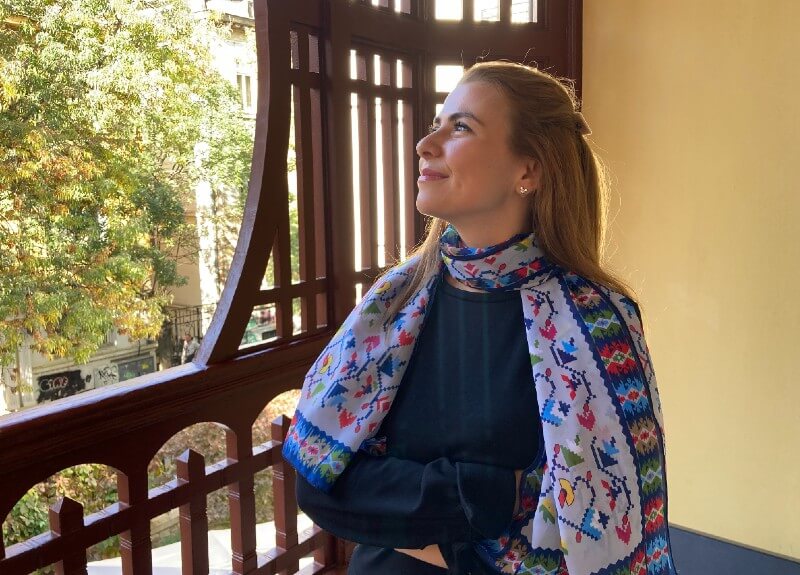
In November, we are inaugurating a new shop for gifts and print publications of the museum and local scholars. The store was designed, built, and stocked with souvenirs thanks to the financial support of the America for Bulgaria Foundation. Follow the museum’s Facebook page for more details!
Gift shop sales support the museum’s programs and cultural activities, so be sure to stop by on your way out. The gorgeous patterned scarves by Bendida and mugs, bags, and personal accessories from La Malina Design make special gifts for family and friends.
You can also support the museum’s work directly, by making a donation to:
Chiprovtsi History Museum
DSK Bank
IBAN: BG30STSA93003100370101
